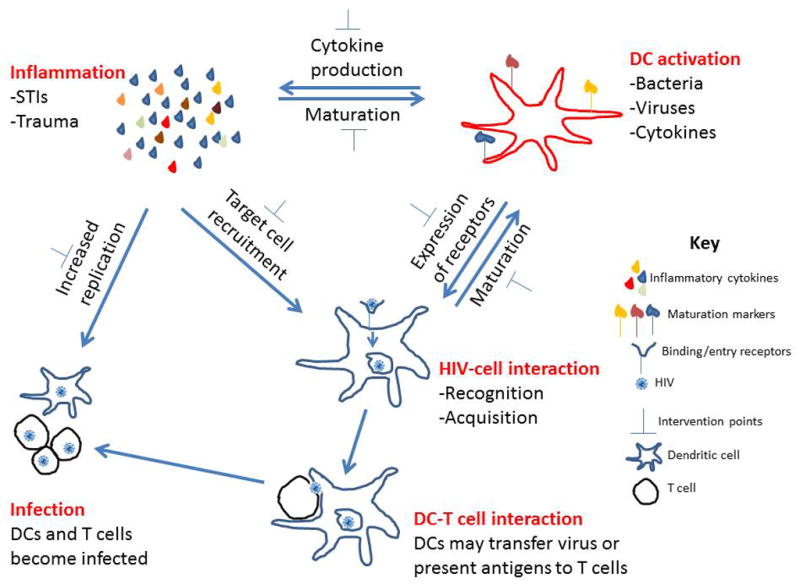The function of hundreds of genes and numerous biological pathways are affected by being physically active. Too many individuals, especially health practitioners, fail to appreciate the dominant role exercise plays in maintaining the body’s immune homeostasis, its balance. Being physically active decreases the risk of chronic inflammatory conditions such as diabetes, depression, atherosclerosis, and certain cancers.
CYTOKINE PRODUCTION
Fat cells (adipose tissue) produce pro-inflammatory cytokines, immune messages that increase the levels of inflammation in the body–inflammation which contributes to chronic disease. Upon contraction, muscles release anti-inflammatory cytokines that help the body counteract inflammation. Muscle-generated anti-inflammatory cytokines help the body balance its levels of inflammation. Consistent physical activity also helps increase immune responses to pathogens such as viruses, bacteria and mold. Even modest amount of physical activity changes the ratios of cytokines to healthful numbers.
In formerly sedentary people, 10 months of moderate walking resulted in a 16%-32% decrease in various inflammatory proteins. In another study, using resistance bands resulted in increases in the anti-inflammatory cytokine, IL-10, along with an increase in cognitive functioning. Even light activity (2–4 hours of walking-type activity/week) has been associated with better inflammatory balance.
“BRAIN-IMMUNE-GUT” AXIS
There is a “brain-immune-gut” axis. It can be a vicious cycle during which stress increases inflammation and inflammation results in more stress. Being stressed affects not only one’s emotional well-being but also hormonal, nervous and digestive status.

The microbiome, the community of organisms found on and in the body greatly influences our health. Significant crosstalk between the microbiome and the immune system results in each system affecting the other in both function and composition. Physical activity modifies the gut microbiome which in turn affects muscle, immune and brain function.
The release of anti-inflammatory immune factors not only decreases inflammation throughout the body, but it also promotes the release of brain and gut biochemicals such as dopamine, norepinephrine and serotonin, biochemicals that involved in mood and gut regulation.
Unhealthy Older Individuals
Poor aging is the result of cumulative effects of imbalances of inflammation. These individuals exhibit high levels of inflammatory cytokines which contribute to problems such as muscle weakness, neurological problems including Alzheimer’s Disease. Elderly people that remain physically active, have reduced levels of inflammation and a better quality of life with fewer chronic conditions than individuals that are not active.
Summary:
Regular physical activity suppresses inflammation by increasing the production of anti-inflammatory cytokines and inhibiting inflammation.
https://www.ncbi.nlm.nih.gov/pubmed/26978184 https://www.ncbi.nlm.nih.gov/pmc/articles/PMC5467003/ https://www.hopkinsmedicine.org/health/conditions-and-diseases/risks-of-physical-inactivity http://eir-isei.de/2019/eir-2019-084-article.pdf https://www.amjmed.com/article/S0002-9343(06)00782-0/fulltext https://www.mayoclinic.org/diseases-conditions/depression/in-depth/depression-and-exercise/art-20046495 https://www.ncbi.nlm.nih.gov/pmc/articles/PMC3320801/ https://www.health.harvard.edu/mind-and-mood/exercise-is-an-all-natural-treatment-to-fight-depression
https://journals.lww.com/acsm-essr/Fulltext/2019/04000/Exercise_and_the_Gut_Microbiome__A_Review_of_the.4.aspx
https://www.ncbi.nlm.nih.gov/pmc/articles/PMC2803113/ https://drhellengreenblatt.info/archives/1571













